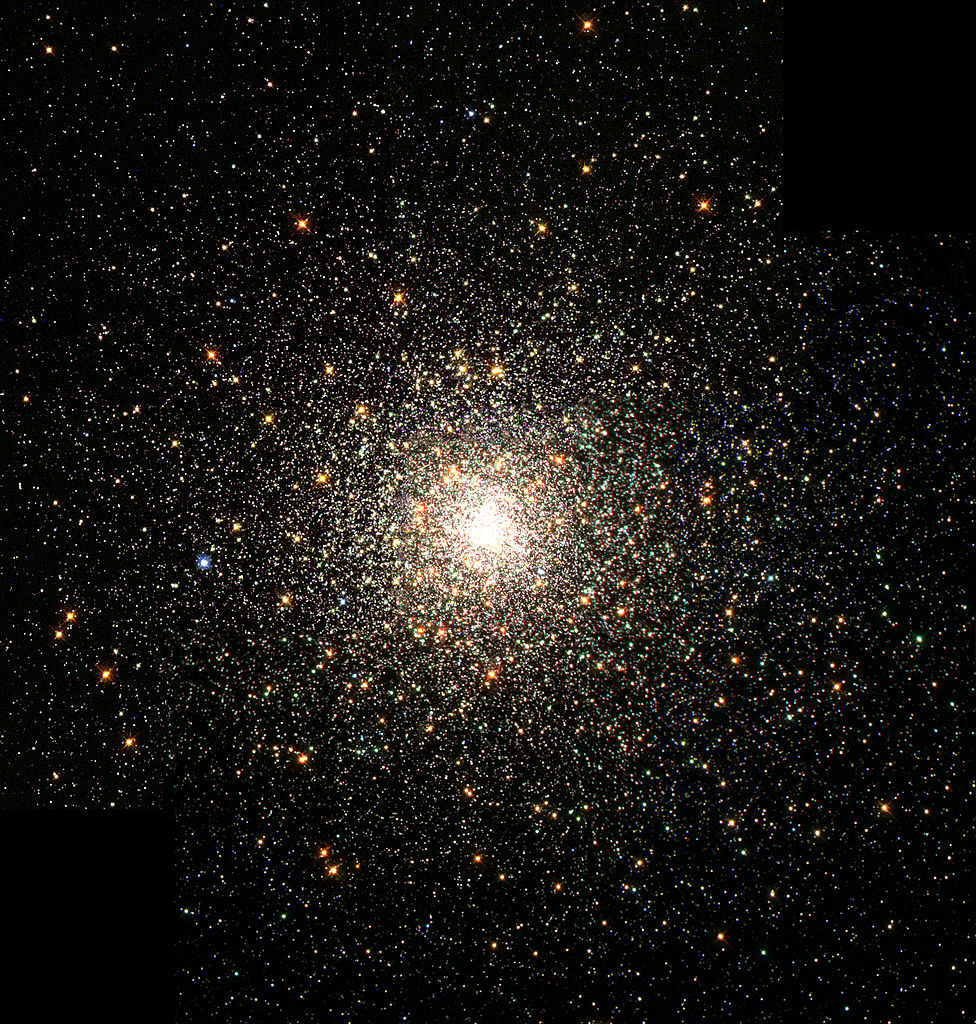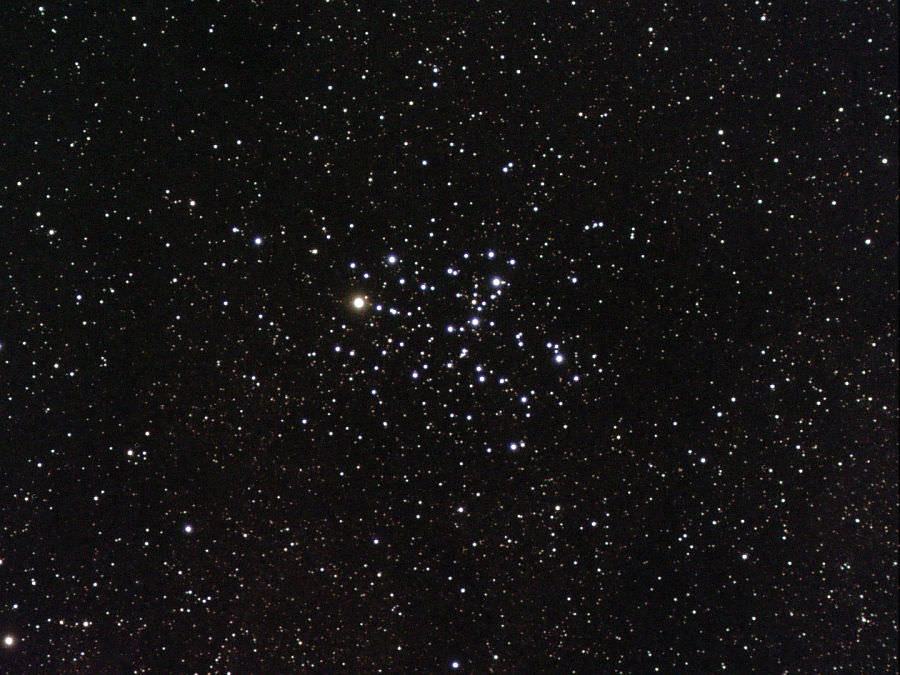Welcome back to Messier Monday! Today, we continue in our tribute to our dear friend, Tammy Plotner, by looking at the globular cluster known as Messier 80!
During the 18th century, famed French astronomer Charles Messier noticed the presence of several “nebulous objects” while surveying the night sky. Originally mistaking these objects for comets, he began to catalog them so that others would not make the same mistake. Today, the resulting list (known as the Messier Catalog) includes over 100 objects and is one of the most influential catalogs of Deep Space Objects.
One of these objects is Messier 80, a globular star cluster located about 32,600 light years from Earth in the constellation Scorpius. This cluster is one of the most densely populated in our galaxy and is located about halfway between the bright stars Antares, Alpha Scorpii, Akrab and Beta Scorpii – making it relatively easy to find.
Continue reading “Messier 80 – the NGC 6093 Globular Cluster”


